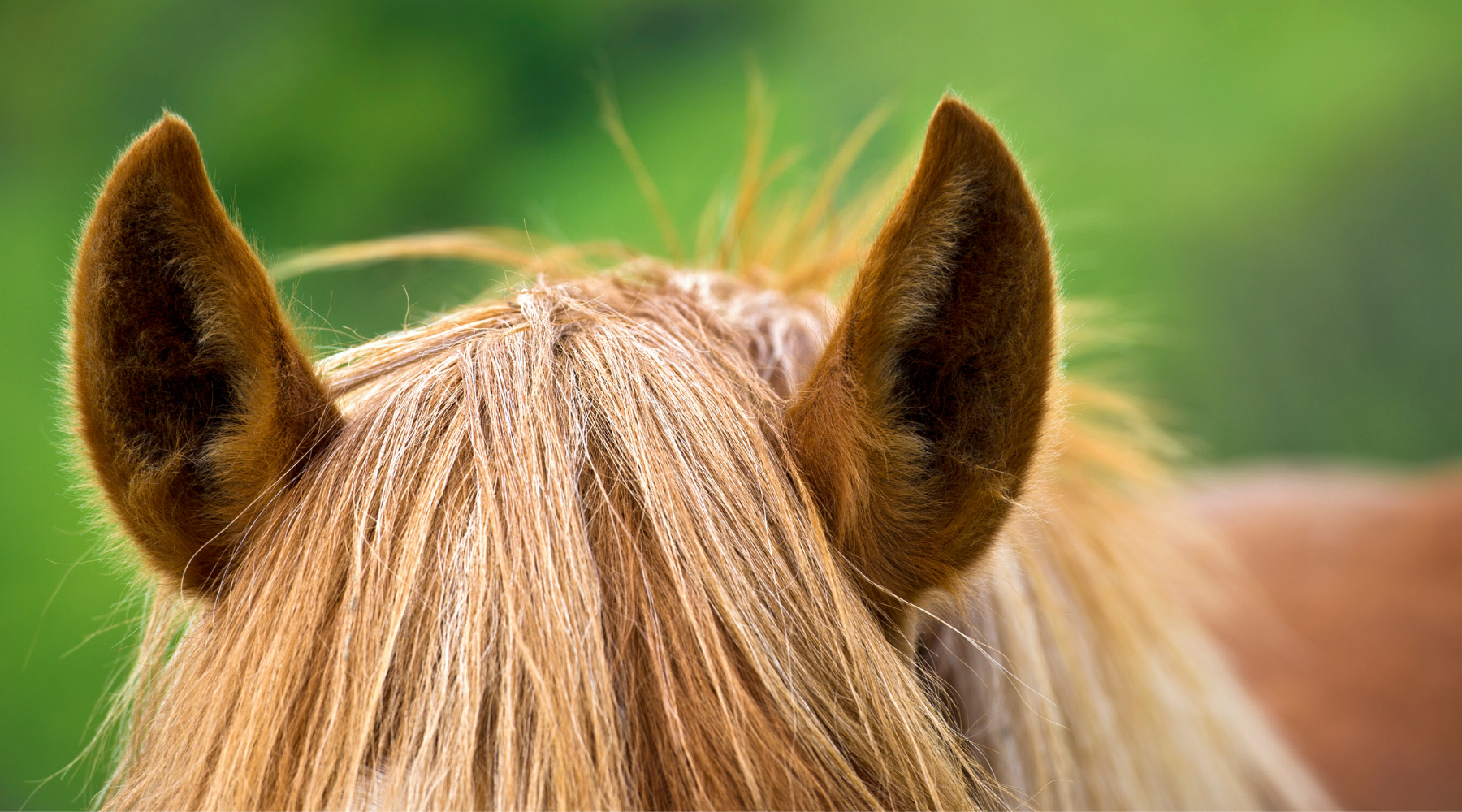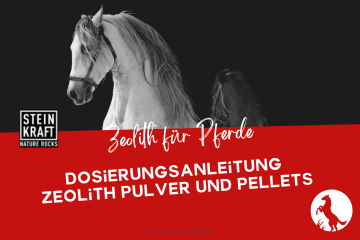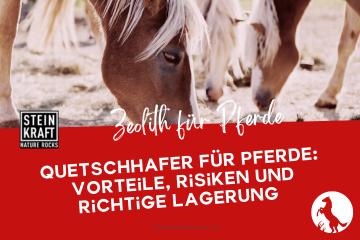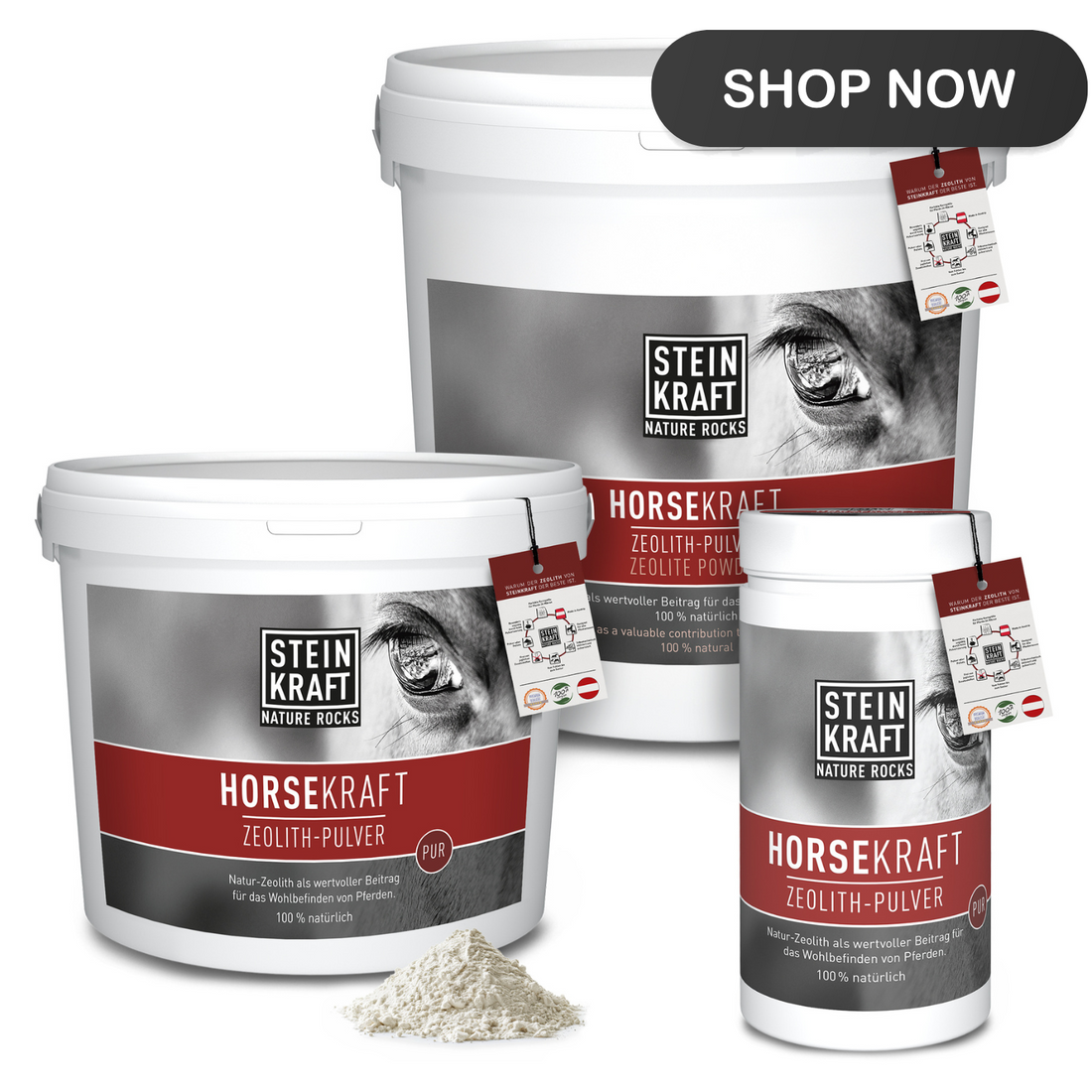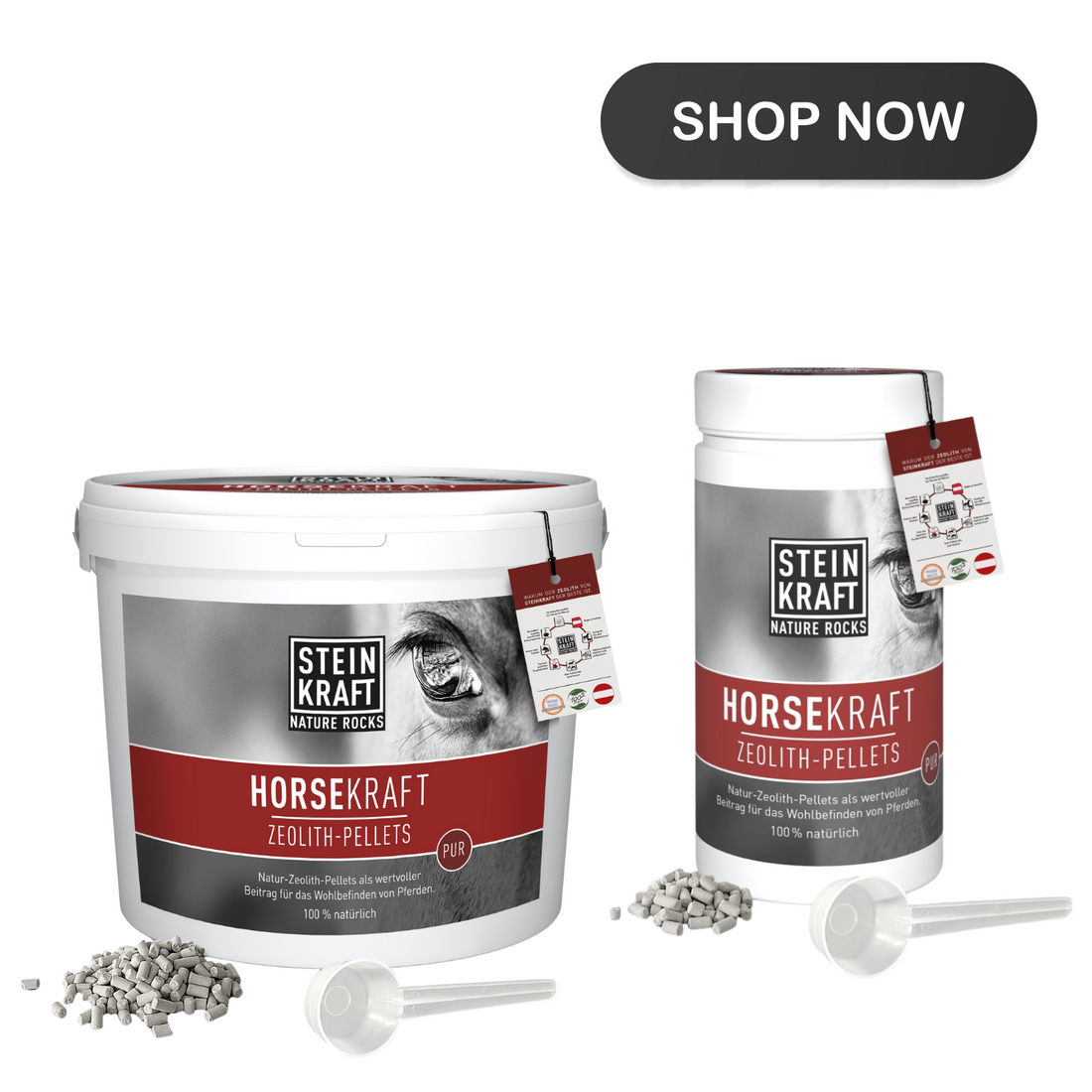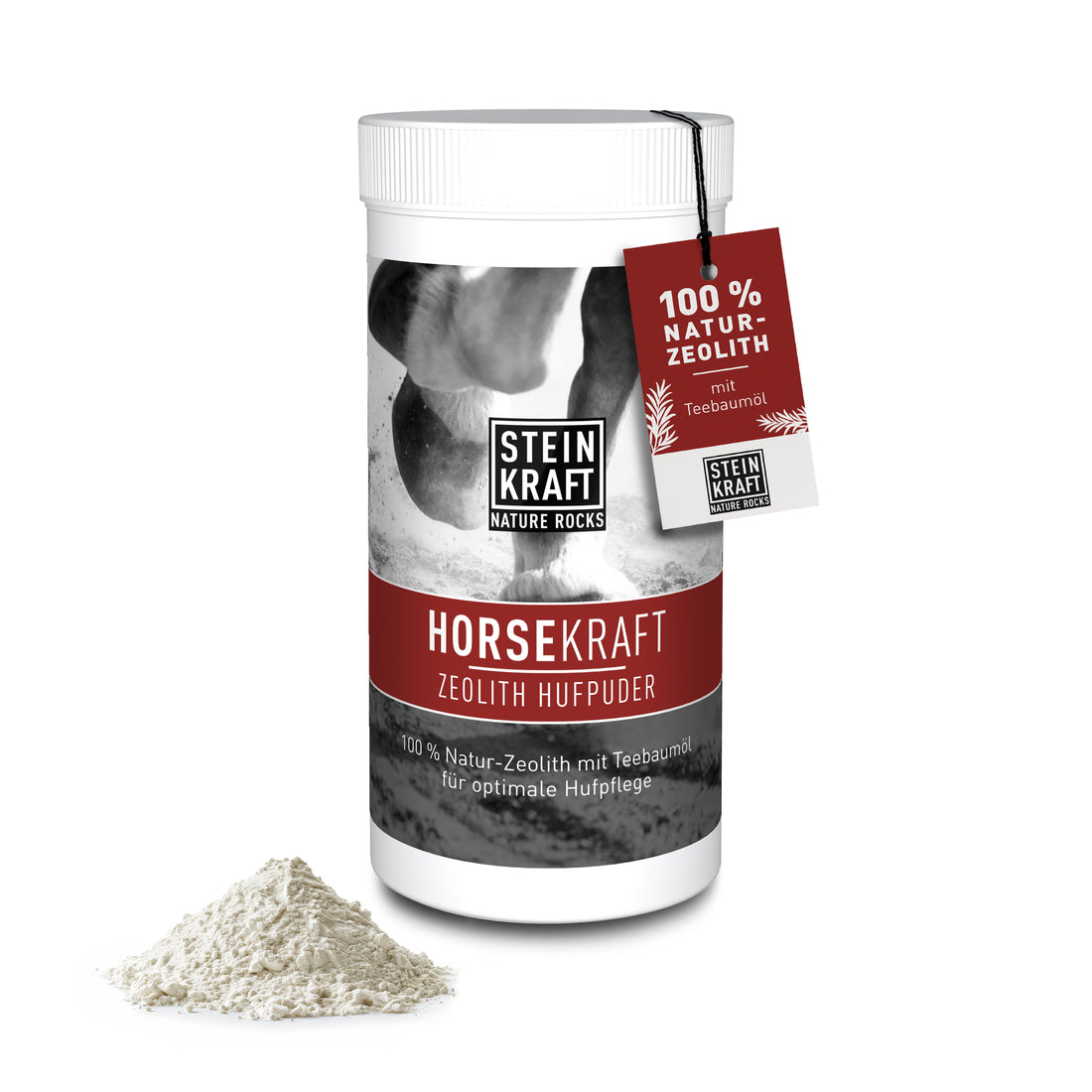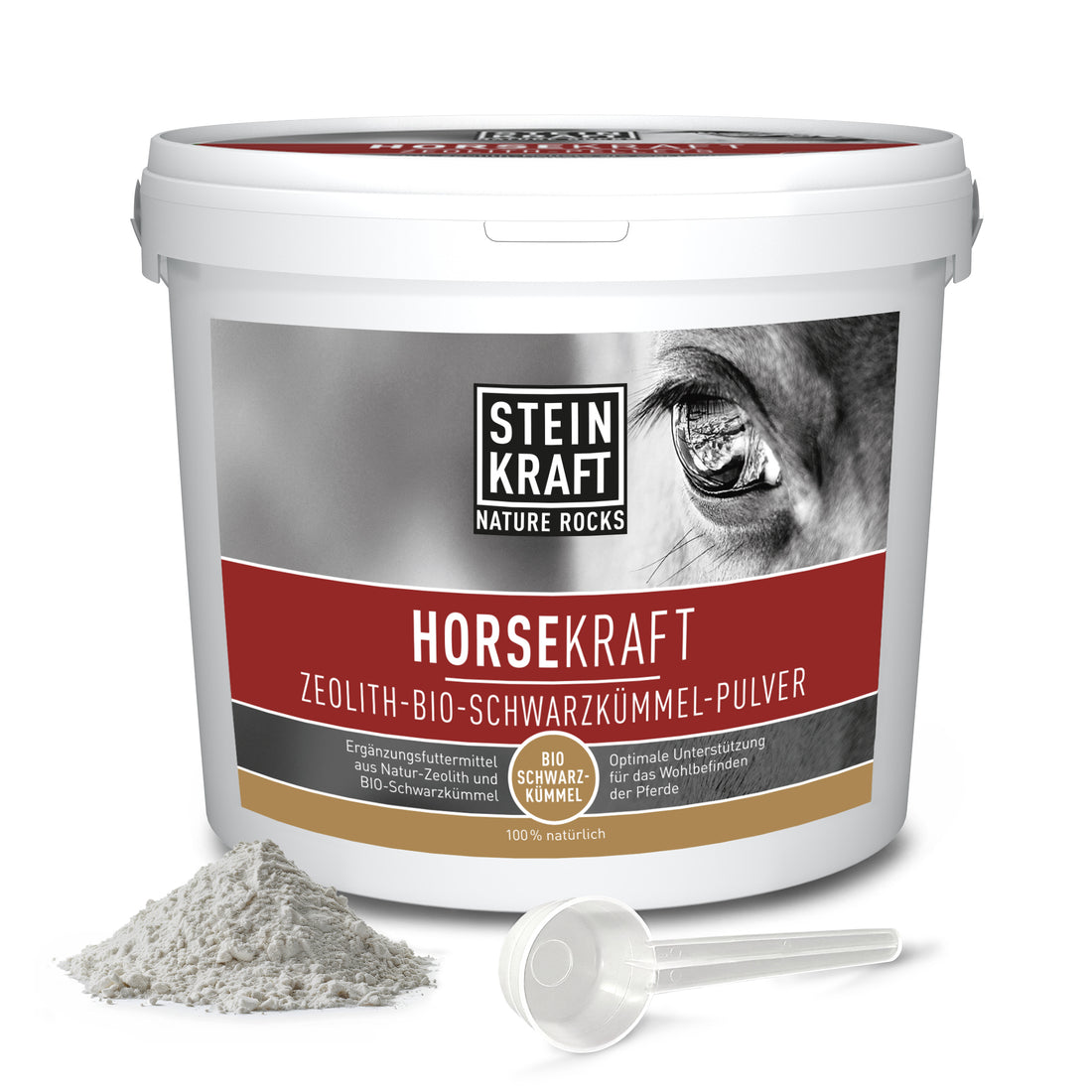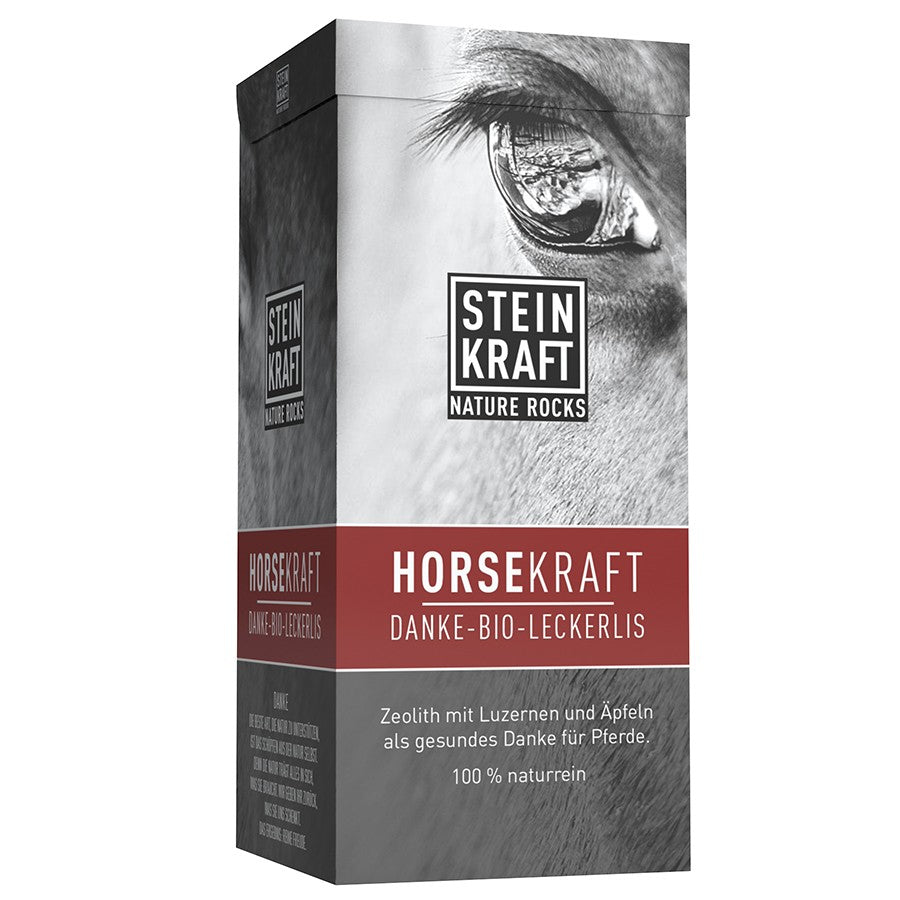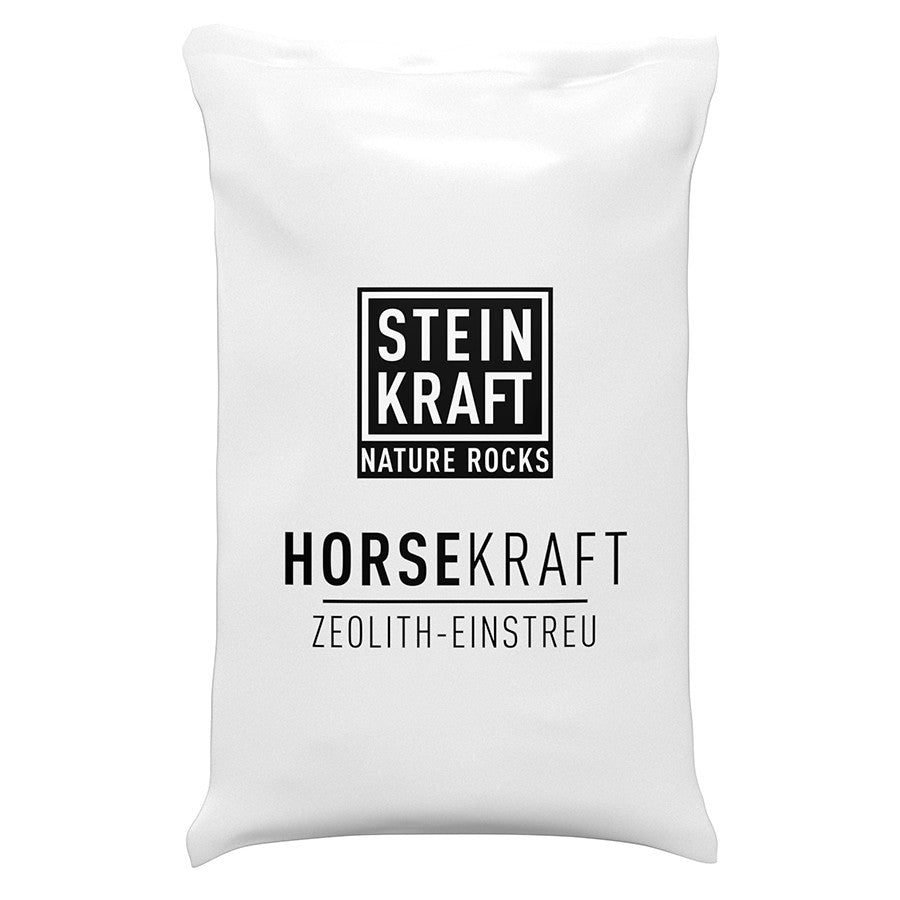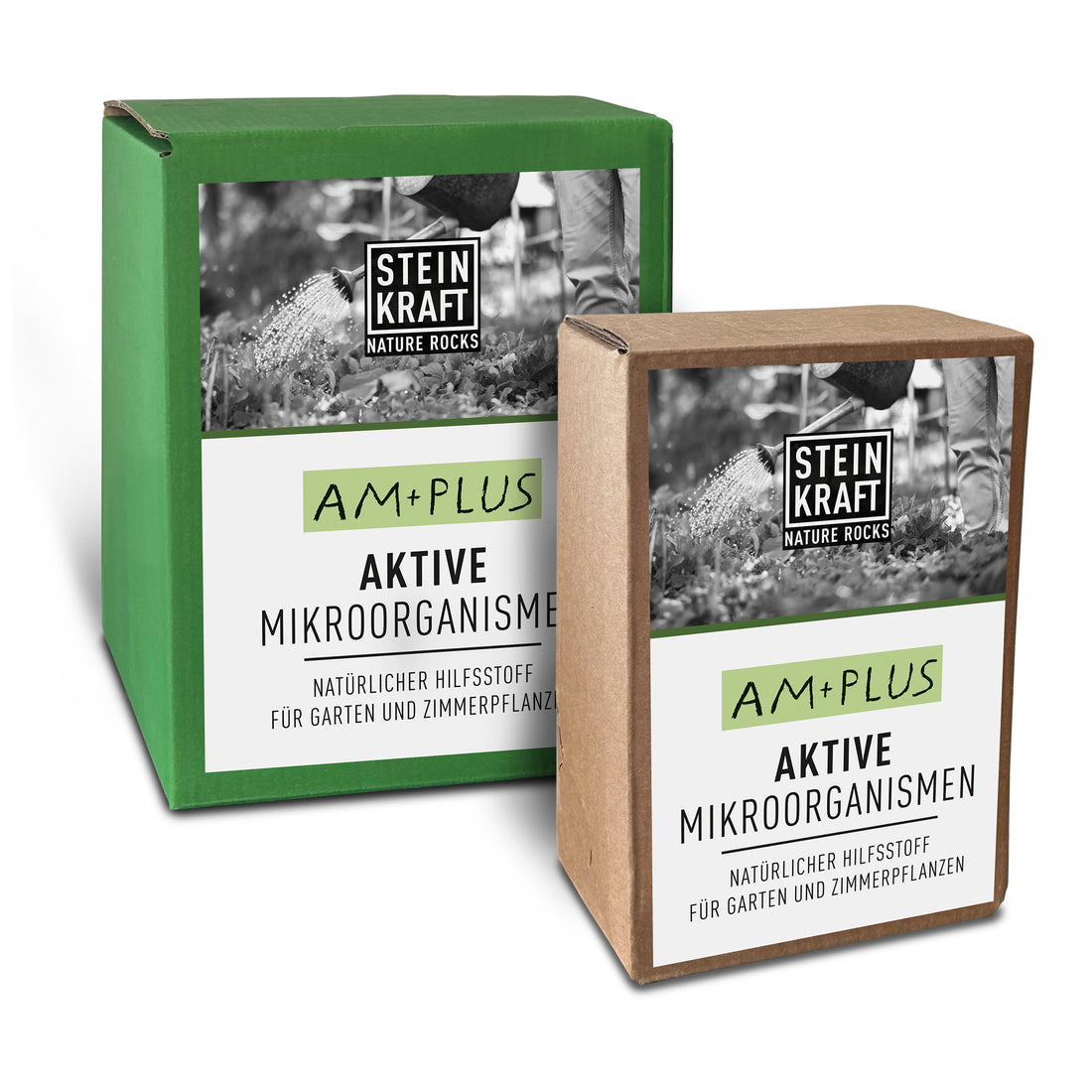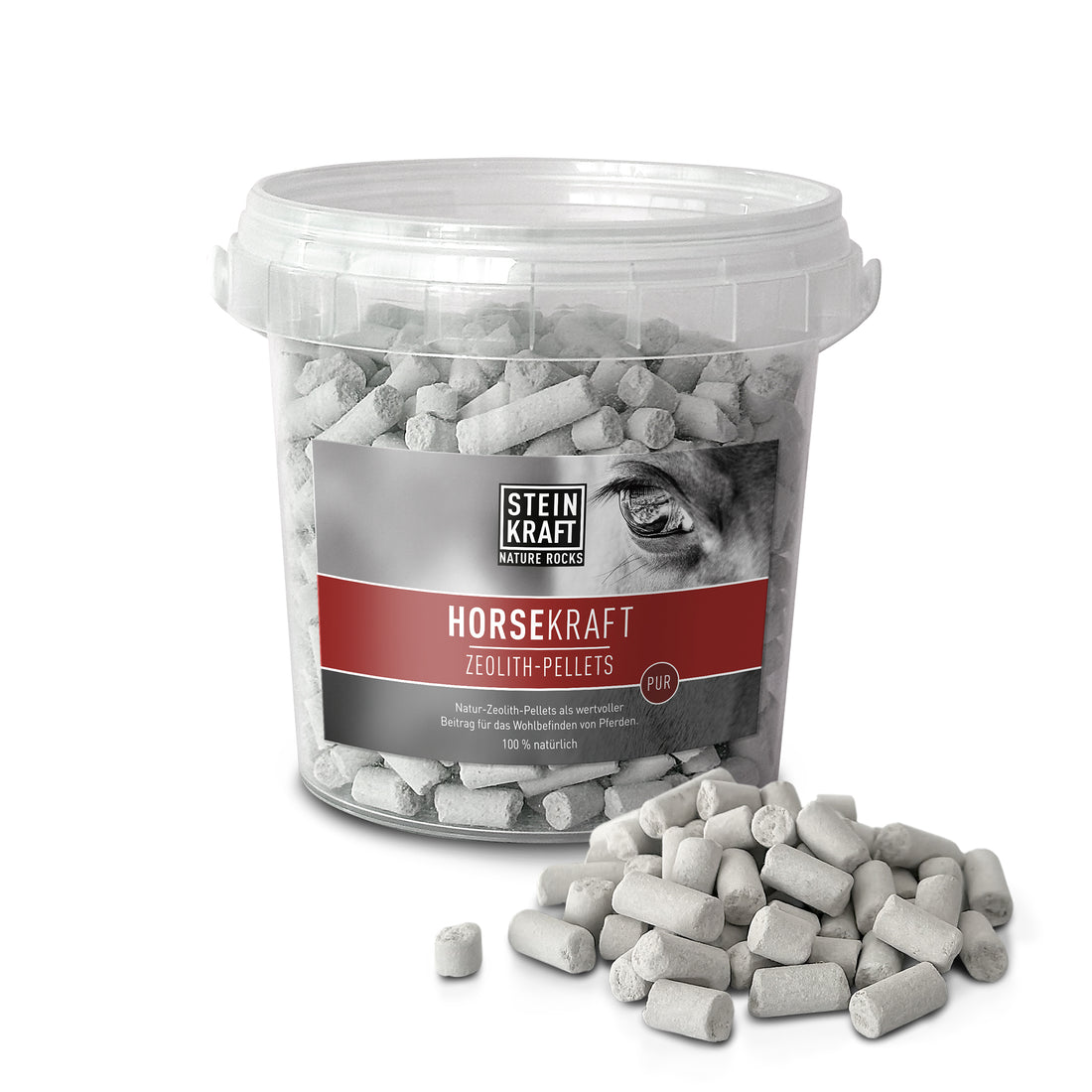Laminitis in horses – an inflammation of the hoof capsule
Laminitis in horses describes an inflammation of the hoof capsule. Due to impaired blood flow to the corium plates present in the horse's hoof, fluid leaks from the vessels, causing the corium plates to detach from the horn plates. Consequences of laminitis can include a subsidence of the coffin bone and a rotation of the coffin joint. Worst-case scenarios include the coffin bone breaking through the sole or the shoe becoming worn out.
★ Laminitis is a very serious and extremely painful condition for horses, requiring immediate veterinary treatment. With timely diagnosis and treatment, as well as careful follow-up care, laminitis can usually be managed well. Unfortunately, however, it cannot be completely cured.
Laminitis – A year-round risk for horses
Laminitis in horses is a year-round risk. Even though large parts of Germany and Austria – the hometown of our Steinkraft team – experienced temperature fluctuations of up to 20 degrees Celsius and, at times, icy temperatures last month, spring is now slowly but surely upon us. Finally!!! Our horses can probably hardly wait for the grazing season to begin and the gate to open to the lush green pastures. Especially after the long winter break, during which our four-legged friends' diets consisted primarily of hay, straw, and some concentrated feed, the gate door shouldn't be opened without warning. Spring grass harbors ghosts that appear especially in the frosty evenings and mornings of spring: glucose and starch.
Causes of laminitis
For a long time, it was assumed that a diet too high in protein was responsible for the development of laminitis and so-called laminitis attacks. However, recent findings refute this assumption and reveal an excess of glucose and starch as the true culprit and possible trigger for laminitis. In addition to pasture grass, these so-called "easily digestible carbohydrates" are also found in oats, corn, barley, chickpeas, apples, etc. (to name just a few examples) – they not only taste excellent to our horses, but are also considered a quick and reliable source of energy. To avoid overloading our horses' digestive tracts and metabolism and to avoid the risk of opening the door to certain diseases, foods rich in glucose and starch – which clearly include the lush green foliage of spring pastures – should be consumed in moderation.
★ Pasture grass carries a relatively high risk of developing laminitis.
Therefore, keep your eyes open when grazing (or starting to graze) all year round!
Don't be fooled by the relatively short grass, especially in spring. The idea that spring grass is less nutrient-rich and therefore less dangerous for laminitis patients is a fallacy.
Why is spring grass so dangerous for horses with laminitis?
But how can this be explained? Doesn't it seem much more plausible that the long, green, full-flowering summer grass far exceeds the relatively short spring grass in terms of nutrients? In fact, the exact opposite is true!
It was a while ago, but we all probably learned about photosynthesis in biology class at school. I don't know about you, but I don't remember the details of photosynthesis, known as the most important process on Earth. Nevertheless, before the grazing season begins, it's worth taking a closer look at the condition of the pastures and understanding what actually happens to pasture grass in spring. Through the interaction of light, water, and CO2, plants extract and release energy-rich, organic substances. These substances include glucose and starch, which are produced by the plant and serve its growth purposes. In spring, when it can still be quite cold in the late evening and early morning hours, the plant's nutrient processing comes to a standstill, and it stores the excess sugar and starch in the carbohydrate stores of its stems, essentially for the duration of a night.
During the cooler hours of the day, grass is therefore particularly rich in glucose and starch, and their concentration is highest in the stems of the plant. If our horses are exposed to this excess of carbohydrates after a long winter break, their digestive tract and metabolism can be overwhelmed by this highly concentrated sugar cocktail. It is not uncommon for some horses to develop laminitis or suffer from bouts of laminitis under these conditions.
★ Cold-zone grasses cease growth when temperatures drop and store excess glucose and starch in their stems. Especially in springtime, dewy mornings, the (pasture) table is richly laid with easily digestible carbohydrates. When consumed in high concentrations and in excess, these carbohydrates can severely overwhelm both the horse's digestive tract and metabolism, thus promoting or even causing laminitis.
Is laminitis curable in horses?
Even if laminitis cannot be completely cured once it has developed, significant long-term improvements can be achieved with a diet tailored to the individual needs of the affected horse. Since every diet always involves a certain degree of deprivation, it should be accompanied by nutritional supplements from the outset. In this way, nutritional nutrient deficiencies can be avoided, and vitality and well-being are maintained. Furthermore, grazing muzzles can be a useful option throughout the entire grazing season to reduce the amount of grass consumed per grazing session. Similar to hay nets, they are also often used for laminitis patients, as they can have a positive effect on the horse's weight in addition to regulating nutrition. Any change in diet due to illness should, of course, be approved by a specialist.
★ A diet tailored to the needs of a laminitis patient can significantly positively influence the course of the disease. Nutritional supplements prevent nutrient deficiencies and maintain the horse's well-being. The use of grazing muzzles and hay nets can also regulate food intake and achieve weight loss. It is also advisable to gradually establish the horse's habit when grazing. It is also advisable to first mark out smaller sections of the pasture and allow them to be grazed before adding a new, more lush pasture.
Even more information about laminitis
Zeolite as a natural prevention of laminitis in horses
Pure zeolite powder and pellets from Steinkraft offer optimal support in preparing for the warmer season and the associated grazing season. In addition to optimizing metabolic processes and strengthening the immune system , the addition of pure zeolite also facilitates coat change for older horses. Information on dosage and feeding instructions can be found directly on the packaging of each product. The Steinkraft team is available to answer any questions you may have.


